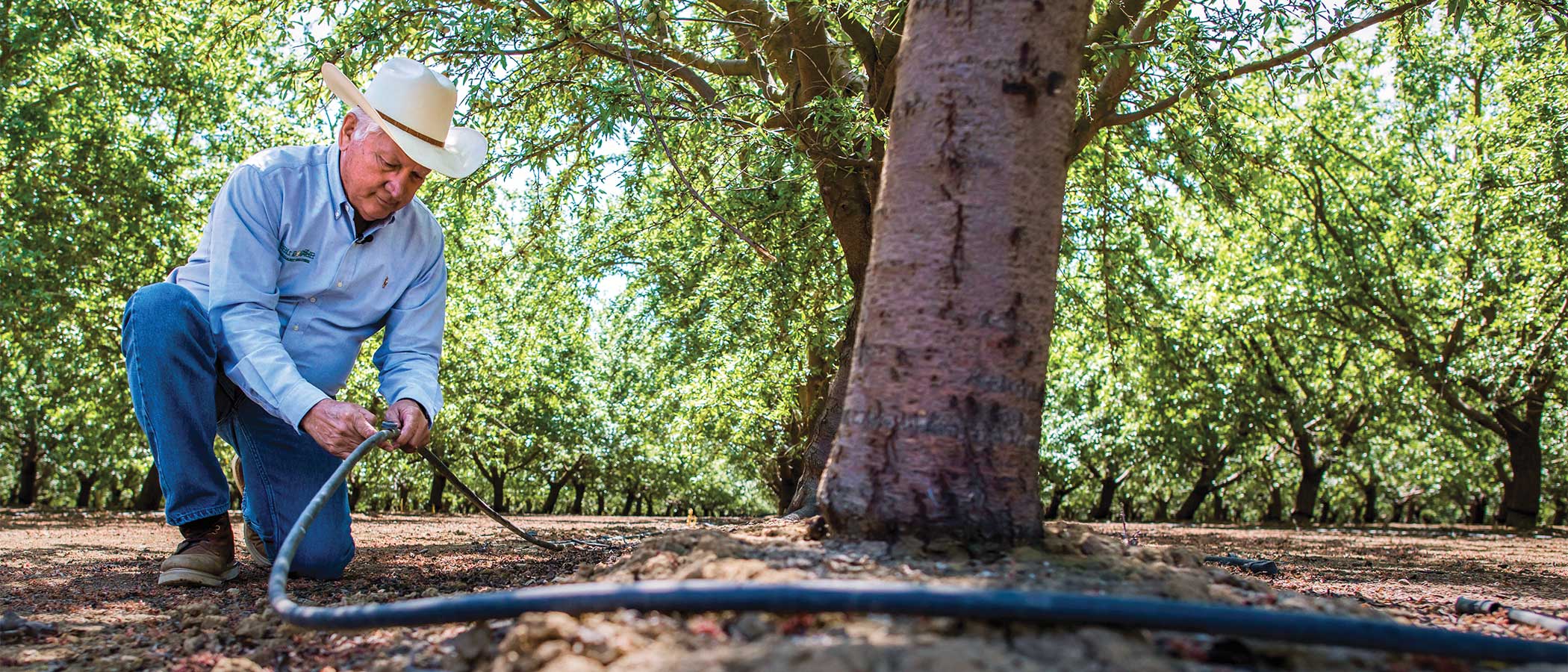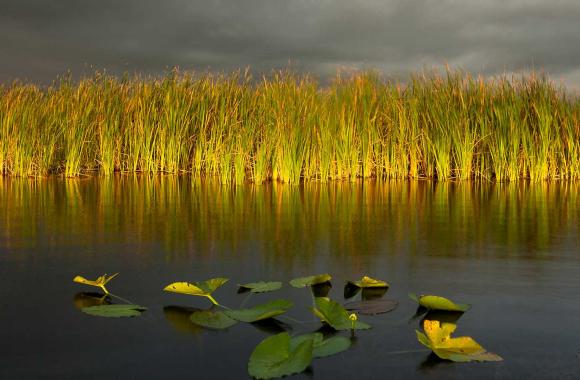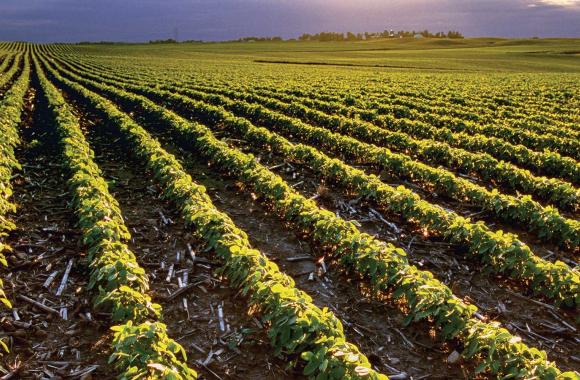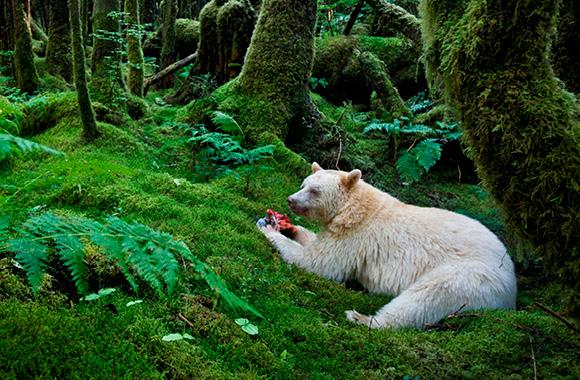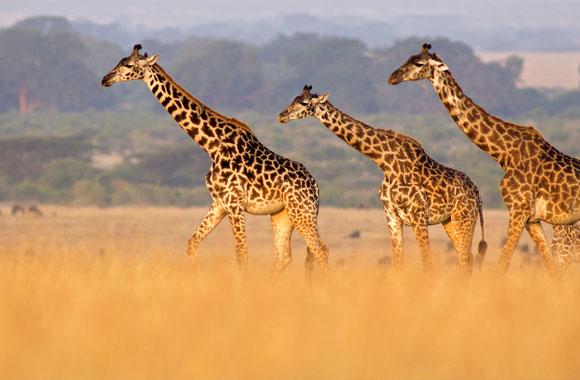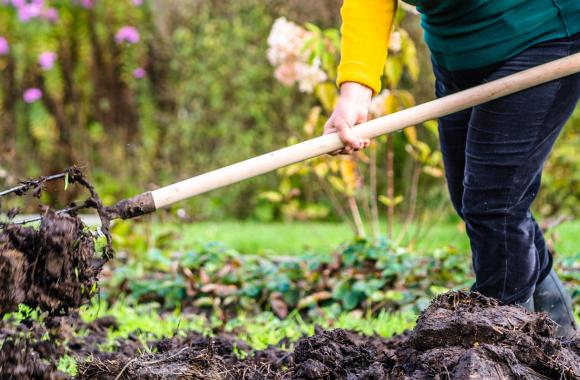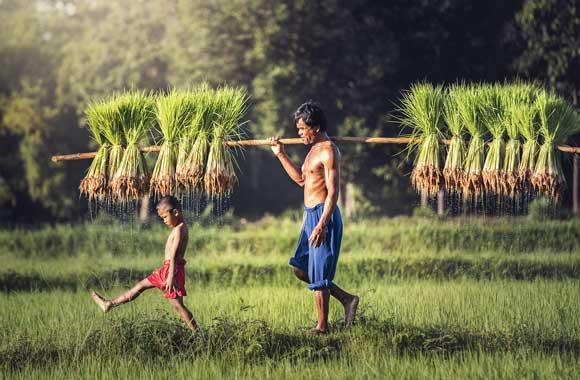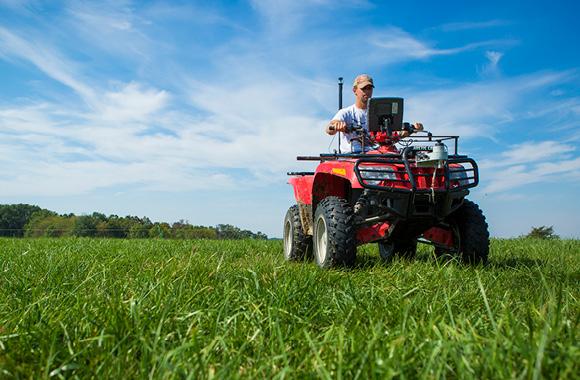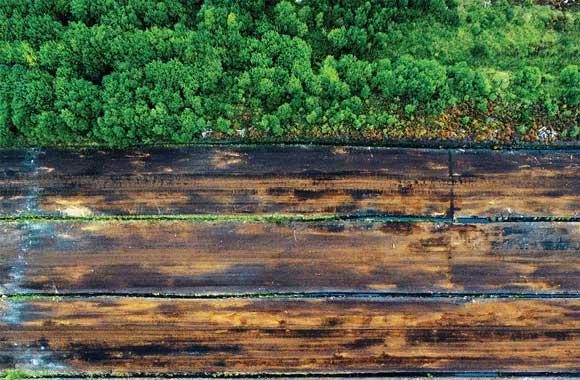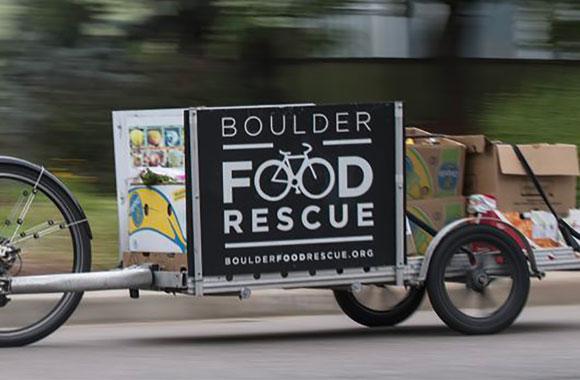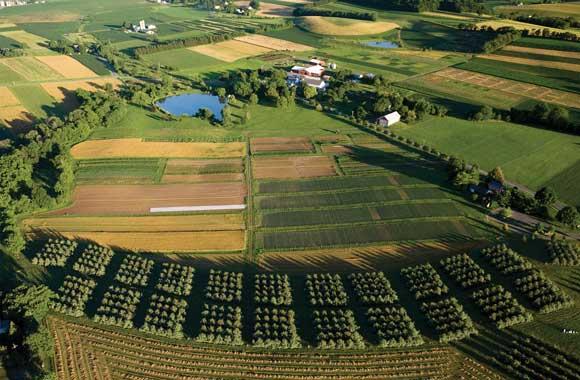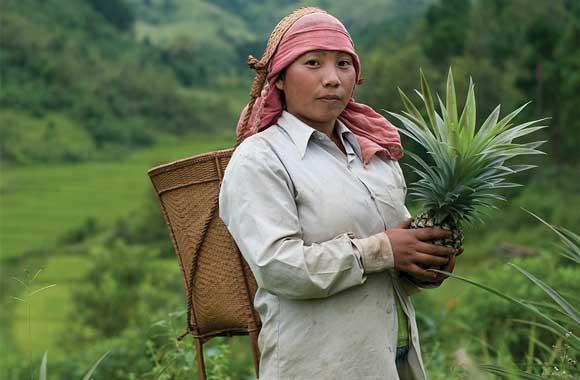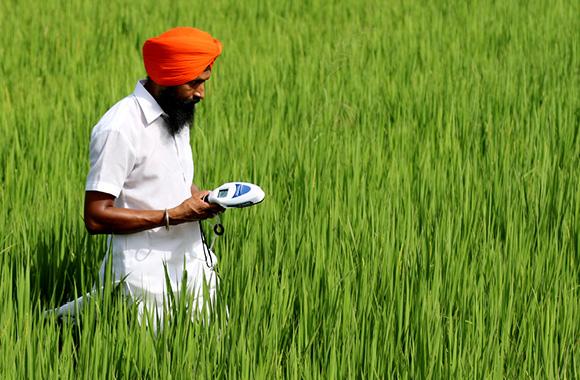Farm Irrigation Efficiency
Drip and sprinkler irrigation, among other practices and technologies, make farm water use less energy/fuel intensive and conserve significant amounts of freshwater.
Reduced/Sequestered
2020–2050
To Implement
Operational Savings
Impact
Use of sprinkler and drip irrigation varies widely around the world. Our analysis assumes the area under improved irrigation grows from 53.8 million hectares in 2018 to 187.71–286.47 million hectares in 2050. The highest adoption increases would occur in Asia, where 62 percent of total irrigated area is located and currently only 7 percent of that land is under micro-irrigation. This growth could avoid 1.13–2.07 gigatons of carbon dioxide emissions and save 37–68 billion gallons of water with a US$534.60–938.58 billion lifetime net operational savings and a first cost of US$222.87–386.92 billion.
Introduction
Project Drawdown’s Farm Irrigation Efficiency solution mobilizes a set of energy-efficient irrigation practices that increase crop yields while reducing emissions. This solution replaces conventional irrigation on irrigated cropland.
Pumping and transporting water to irrigate crops is a major user of energy. Much irrigation water is delivered using inefficient methods such as flooding. More efficient irrigation can save up to 25 percent and 40 percent of water and greenhouse gas under sprinkler and drip methods, respectively, compared with conventional irrigation methods.
The benefits of drip and sprinkler irrigation are numerous: crop yields improve, costs drop, and soil erosion declines. Lower humidity curtails pests. Surface and groundwater resources are better protected, and conflicts among various stakeholders for water resources may ease. However, both systems require infrastructure and upkeep, which can be expensive, sometimes prohibitively so.
Other practices and technologies can also be effective. Irrigation scheduling and deficit irrigation are two methods of variable application. Sensors can monitor soil moisture and control irrigation systems automatically. Rainwater and runoff can also be captured and put to use.
Irrigation is critical to some crop production, particularly in the era of climate change with increasingly unpredictable rains. For this reason, efficient irrigation is highly rated as a climate change adaptation strategy.
Methodology
Total Land Area
To evaluate the extent to which a Food, Agriculture, and Land Use sector solution can reduce greenhouse gas emissions and sequester carbon, we need to identify the total land area available for that solution in millions of hectares. To avoid double counting, we use an integration model that allocates land area among all Food, Agriculture, and Land Use sector solutions. This involves two steps. First, we classify the global land area into agro-ecological zones (AEZs) based on the land cover, soil quality, and slope and assign AEZs to different thermal moisture regimes. We then classify the AEZs into “degraded” and “nondegraded.” Finally, we allocate the solutions to AEZs, with the solution most suited to a given AEZ or sets of AEZs assigned first, followed by the second-most-suited solution, and so on. Because it’s hard to predict future changes, we assume the total land area remains constant.
The total land area available for this solution is all irrigated cropland, 320 million hectares. Current adoption (defined as the amount under efficient irrigation in 2018) is 53.8 million hectares. We took the adoption of drip and sprinkler irrigation system from the International Commission on Irrigation and Drainage (ICID) / Food and Agriculture Organization (FAO) Aquastat and National Statistics. We based adoption for 2018 on the average value estimation for 1999, 2009, and 2017.
Adoption Scenarios
We developed seven adoption scenarios based on aggregated region-level data. Some of the scenarios assumed higher rates of adoption for all regions except the OECD, which has a much higher current adoption than other regions. Considering global water scarcity, some scenarios assume peak adoption by 2030.
We calculated impacts of increased adoption of farm irrigation efficiency from 2020 to 2050 by comparing two growth scenarios to a reference scenario in which the market share was fixed at current levels.
- Scenario 1: Efficient irrigation is adopted on 187.71 million hectares (59 percent of the total available land area).
- Scenario 2: Efficient irrigation is adopted on 286.47 million hectares (89 percent of the total available land area).
Emissions Model
Climate impacts of farm irrigation efficiency are based on the difference in electricity required per hectare between conventional and improved irrigation systems. Meta-analysis of Food and Agriculture Organization (FAO) data found that conventional irrigation requires 2.3 terawatt-hours per million hectares per year, while improved irrigation uses 1.5 terawatt-hours per million hectares per year.
Financial Model
All monetary values are presented in 2014 US$.
The first cost for conventional irrigation was US$671.37 per hectare based on 13 data points from 10 sources. The first cost for the Farm Irrigation Efficiency solution was US$1,575.86 per hectare, based on meta-analysis of 37 data points from 22 sources. The operational cost for conventional irrigation was US$274.04 per hectare. The operational cost for the solution was US$151.02 per hectare. We estimated the operational cost for both practices from the percentage of the total irrigation water applied to the field and the total cost of withdrawal.
Integration
Unlike most drawdown solutions, the Farm Irrigation Efficiency solution can be applied to units of land where other solutions are taking place. The atmospheric greenhouse gas reduction from improved irrigation is independent from, for example, the reduction due to biosequestration from the Conservation Agriculture or Tree Intercropping solutions.
Results
Total adoption of the Farm Irrigation Efficiency solution in Scenario 1 is 187.71 million hectares in 2050, representing 59 percent of the total available land. Of this, 133.95 million hectares are adopted from 2020 to 2050, reducing carbon dioxide equivalent emissions 1.13 gigatons by 2050 at a net first cost to implement of US$222.87 billion. Lifetime net operational savings are US$534.60 billion. This solution saves 37 billion gallons of water.
Total adoption in Scenario 2 is 286.47 million hectares in 2050, representing 89 percent of the total available land. Of this, 232.72 million hectares are adopted from 2020 to 2050. This scenario reduces carbon dioxide equivalent emissions by 2.07 gigatons by 2050 at a net first cost to implement of US$386.92 billion. Lifetime net operational savings are US$938.58 billion. This solution saves 68 billion gallons of water.
Discussion
Benchmarks
Few benchmarks are available to provide comparisons for this study. The FAO noted in 2011 that no published figures were available on greenhouse gas emissions from irrigation (Turral et al., 2011).
Limitations
Additional data points on the emissions and irrigation costs of farm irrigation efficiency would improve this study. It would also be worthwhile to model extending improved irrigation to currently unirrigated areas to increase yields.
Conclusions
Irrigation efficiency is a win-win solution. It increases food security in a world with increasingly unpredictable weather, reduces water use, and reduces emissions.
References
Turral, H., Burke, J. & Faurès, J.M. (2011). Climate change, water and food security. FAO Water Report No. 36. Rome, FAO.
What You Can Do
If you use irrigation, consider repairing or upgrading your system to reduce water waste.
If you are an investor, consider funding efforts to improve irrigation efficiency, particularly in low- and middle-income countries.
- Expand your knowledge by exploring another Drawdown solution.
Co-benefits
Reducing water for irrigation increases water available for people.
Reducing excessive use of irrigation reduces contamination/fertilizer runoff that can pollutes waterways and drinking water.
Reducing irrigation reduces farm expenses.

